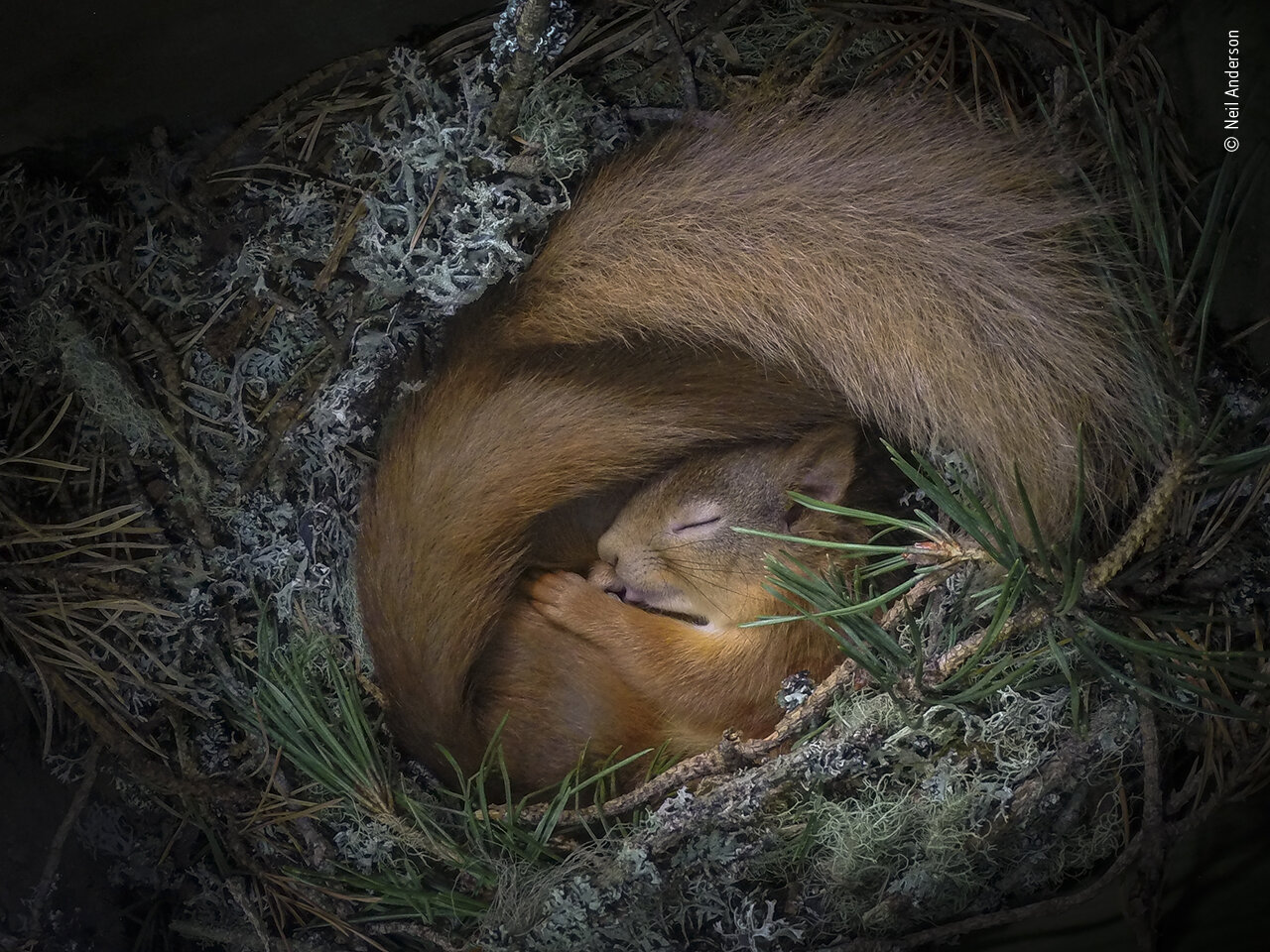Wildlife Photographer of the Year People's Choice Award
The Wildlife Photographer of the Year is now in its fifty-sixth year, it showcases the world's best nature photography. The competition is developed and produced by the Natural History Museum, London. This year's competition attracted over 50,000 entries from professionals and amateurs across the world. When the Natural History Museum reopens, so will the Wildlife Photographer of the Year exhibition. It will remain open until 1 August 2021 click here for details.
Enjoy these fantastic pictures and tell us what you think in the comments below.
© Robert Irwin
Bushfire
Robert Irwin, Australia
Winner 2020, Wildlife Photographer of the Year People's Choice Award
Quoted from the Natural History Museum “A fire line leaves a trail of destruction through woodland near the border of the Steve Irwin Wildlife Reserve in Cape York, Queensland, Australia. The area is of high conservation significance, with over 30 different ecosystems found there, and is home to many endangered species. The fires are one of the biggest threats to this precious habitat. Although natural fires or managed burns can be quite important in an ecosystem, when they are lit deliberately and without consideration, often to flush out feral pigs to hunt, they can rage out of control and have the potential to devastate huge areas.”
© Ami Vitale
The last goodbye
Ami Vitale, USA
Highly commended 2020, Wildlife Photographer of the Year People's Choice Award
Quoted from the Natural History Museum “Joseph Wachira comforts Sudan, the last male northern white rhino left on the planet, moments before he passed away at Ol Pejeta Wildlife Conservancy in northern Kenya. Suffering from age-related complications, he died surrounded by the people who had cared for him. With every extinction, we suffer more than loss of ecosystem health. When we see ourselves as part of nature, we understand that saving nature is really about saving ourselves. Ami's hope is that Sudan’s legacy will serve as a catalyst to awaken humanity to this reality.”
© Andy Parkinson
Hare ball
Andy Parkinson, UK
Highly commended 2020, Wildlife Photographer of the Year People's Choice Award
Quoted from the Natural History Museum “Andy spent five weeks watching the mountain hares near Tomatin in the Scottish Highlands, waiting patiently for any movement – a stretch, a yawn or a shake – which typically came every 30 to 45 minutes. As he watched, frozen and prostrate, with 50 to 60 mph winds surging relentlessly around him, the cold started to distract and his fingers clasping the icy metal camera body and lens began to burn. Then relief came as this little female moved her body into a perfect spherical shape. A movement of sheer joy. Andy craves such moments: the isolation, the physical challenge and, most importantly, time with nature.”
© Guillermo Esteves
Close encounter
Guillermo Esteves, USA
Highly commended 2020, Wildlife Photographer of the Year People's Choice Award
Quoted from the Natural History Museum “The worried looking expression on this dog’s face speaks volumes and is a reminder that moose are large, unpredictable, wild animals. Guillermo was photographing moose on the side of the road at Antelope Flats in Grand Teton National Park, Wyoming, USA, when this large bull took an interest in the furry visitor – the driver of the car unable to move it before the moose made its approach. Luckily, the moose lost interest and went on its way after a few moments.”
© Neil Anderson
Drey dreaming
Neil Anderson, UK
Highly commended 2020, Wildlife Photographer of the Year People's Choice Award
Quoted from the Natural History Museum “As the weather grew colder, two Eurasian red squirrels (only one is clearly visible) found comfort and warmth in a box Neil had put up in one of the pine trees near his home in the Scottish Highlands. In the colder months, it’s common for the squirrels, even when unrelated, to share dreys. After discovering the box full of nesting material and in frequent use, Neil installed a camera and LED light with a diffuser on a dimmer. The box had a lot of natural light so he slowly increased the light to highlight his subjects – and using the WiFi app on his phone he was able take stills from the ground.”
Take your Photography to the next level by becoming a member of TSOP
Check out all the winning entries here.
I hope you liked this blog, please leave us a comment and support us by sharing it with your friends and subscribe to our newsletter at the bottom of this page for more.
We also have an excellent learning community on social media so please join us there as well.
Thanks for watching and remember – Learn more at The School of Photography.





